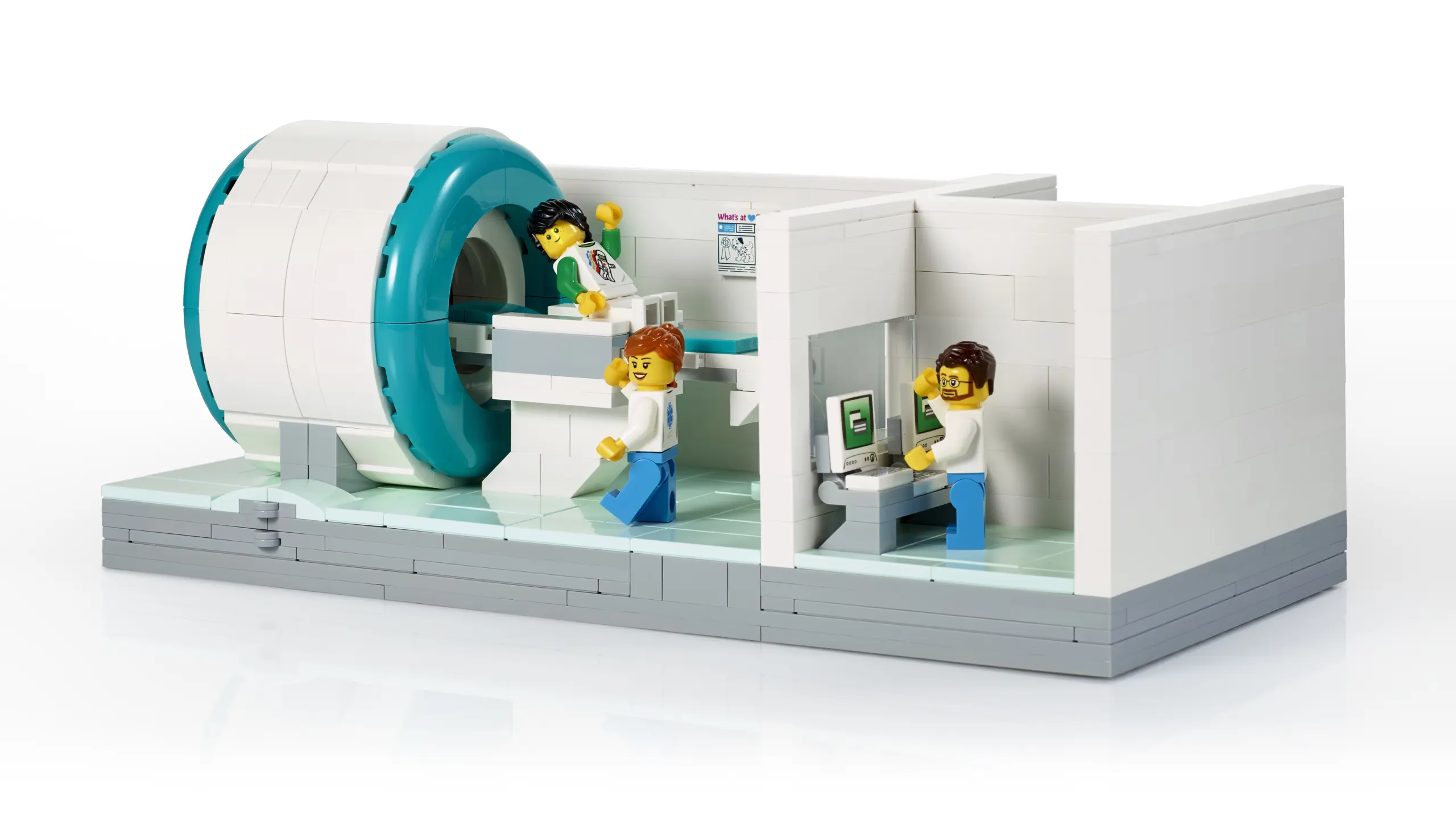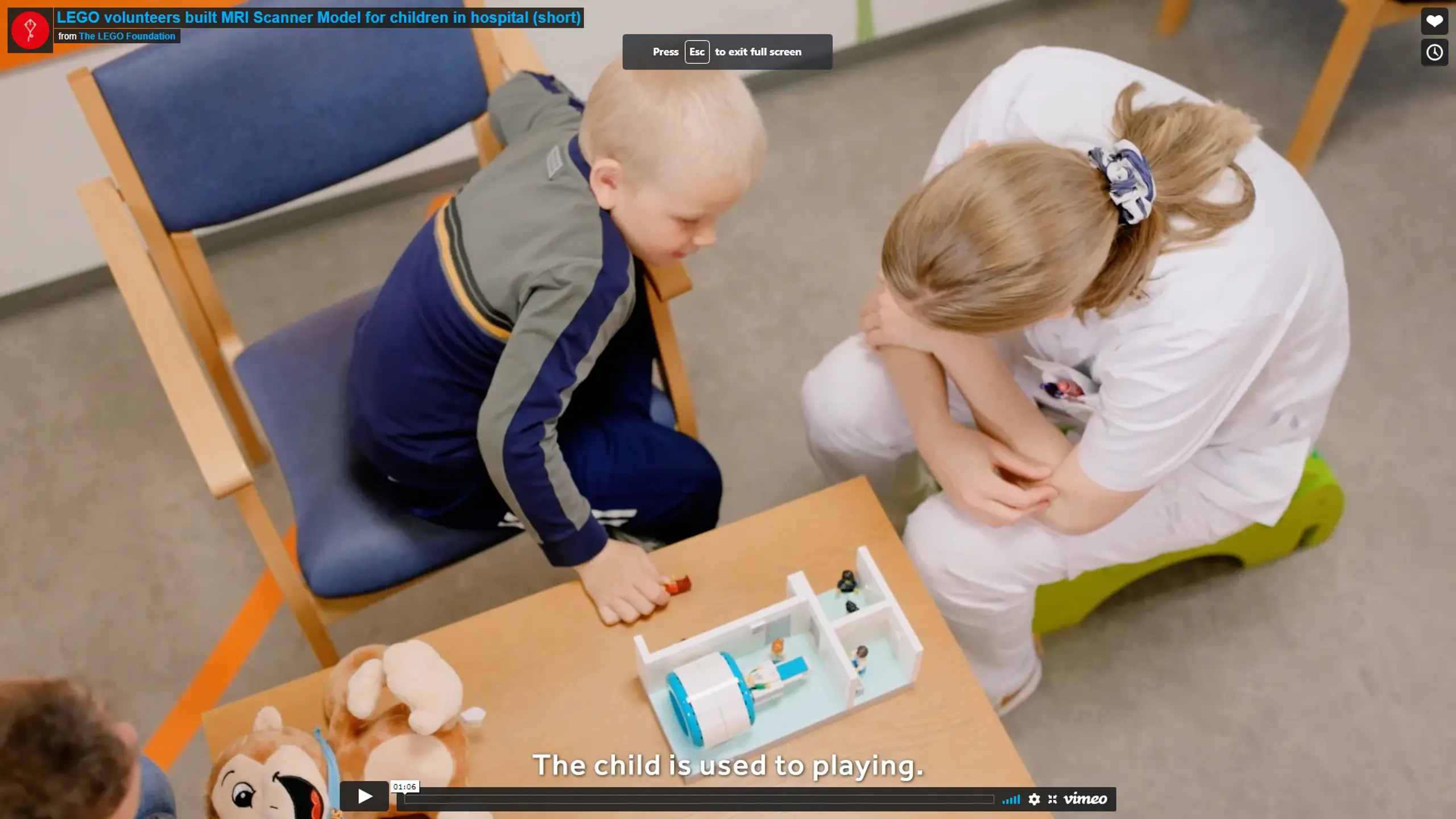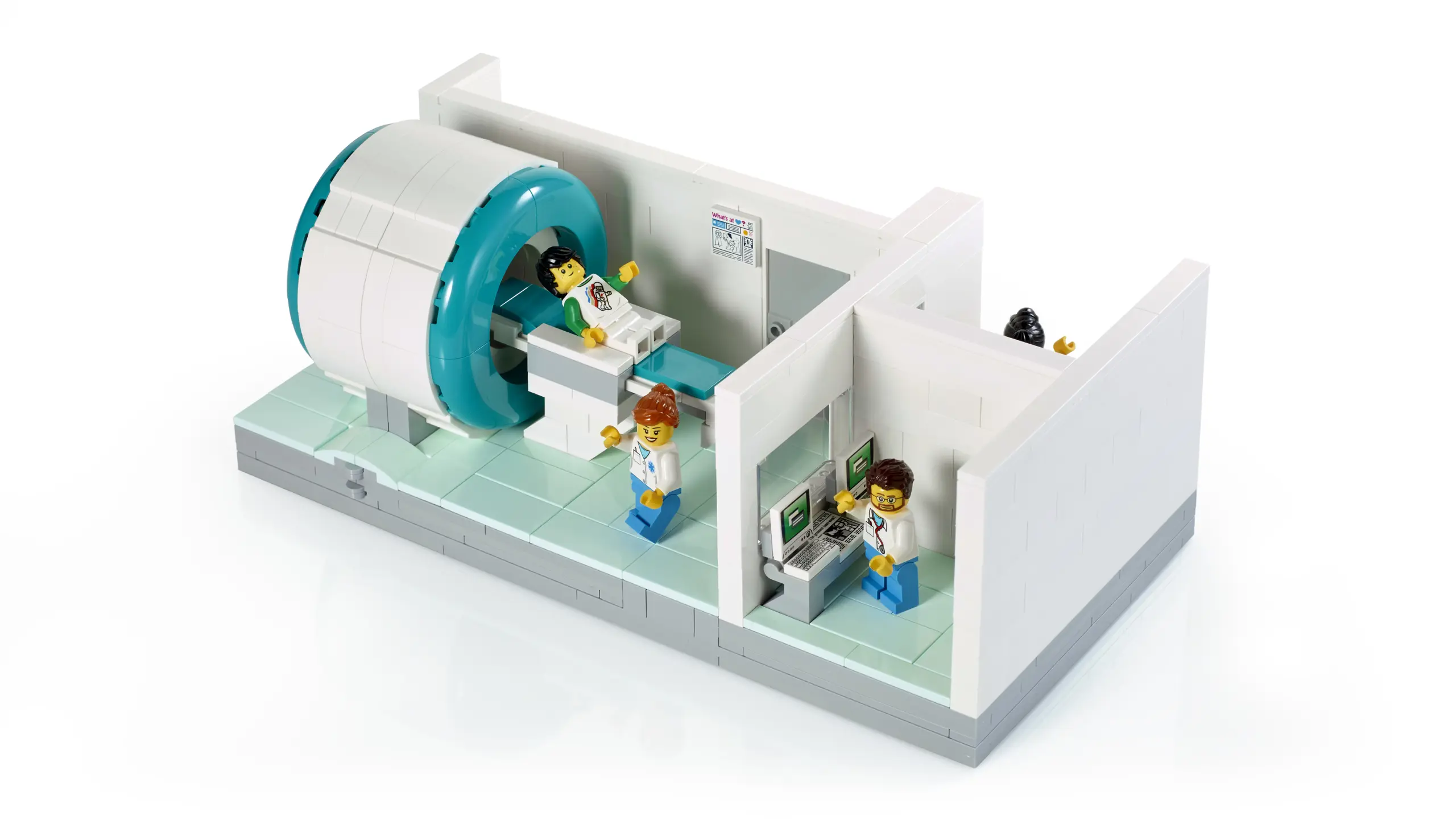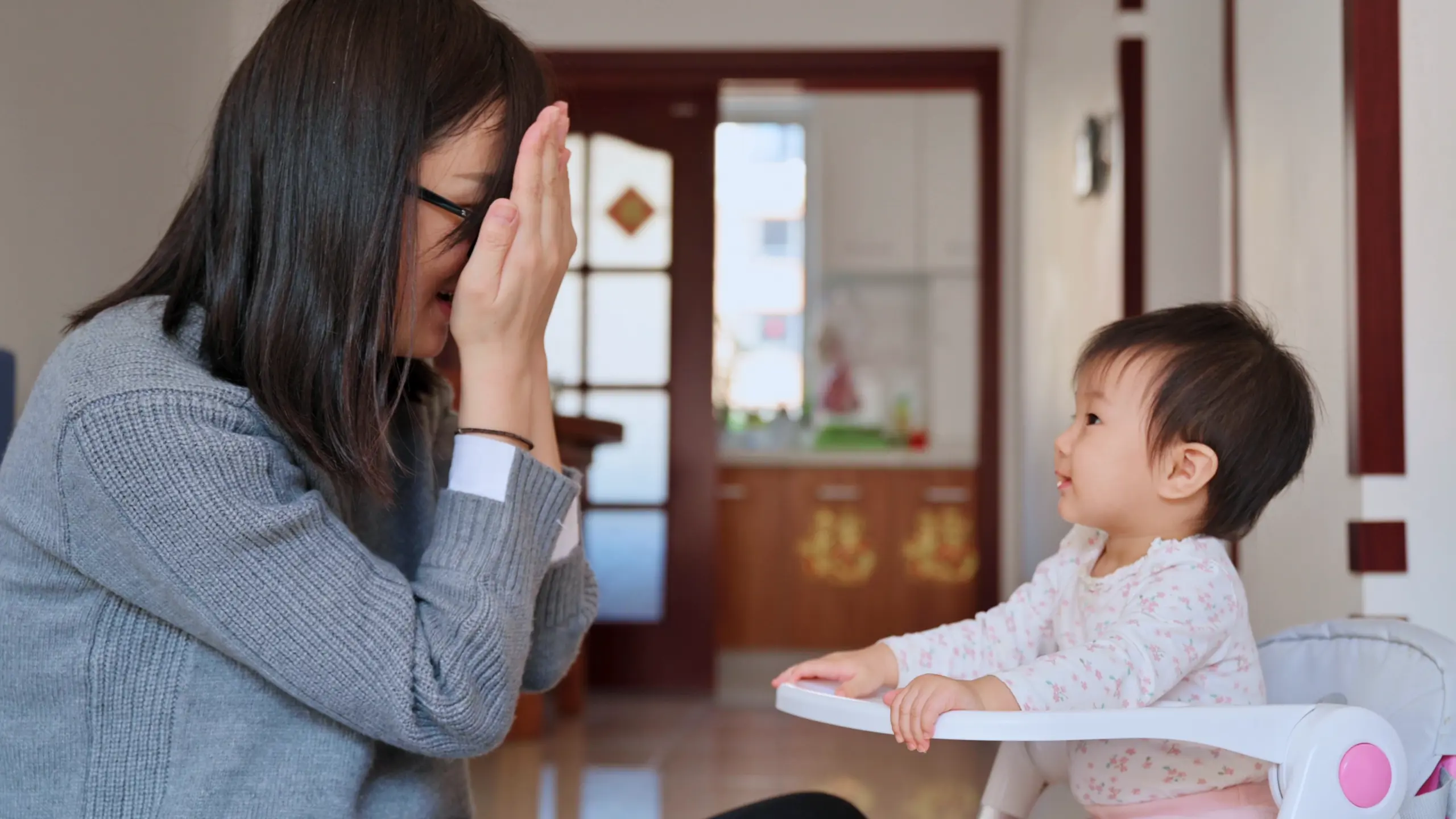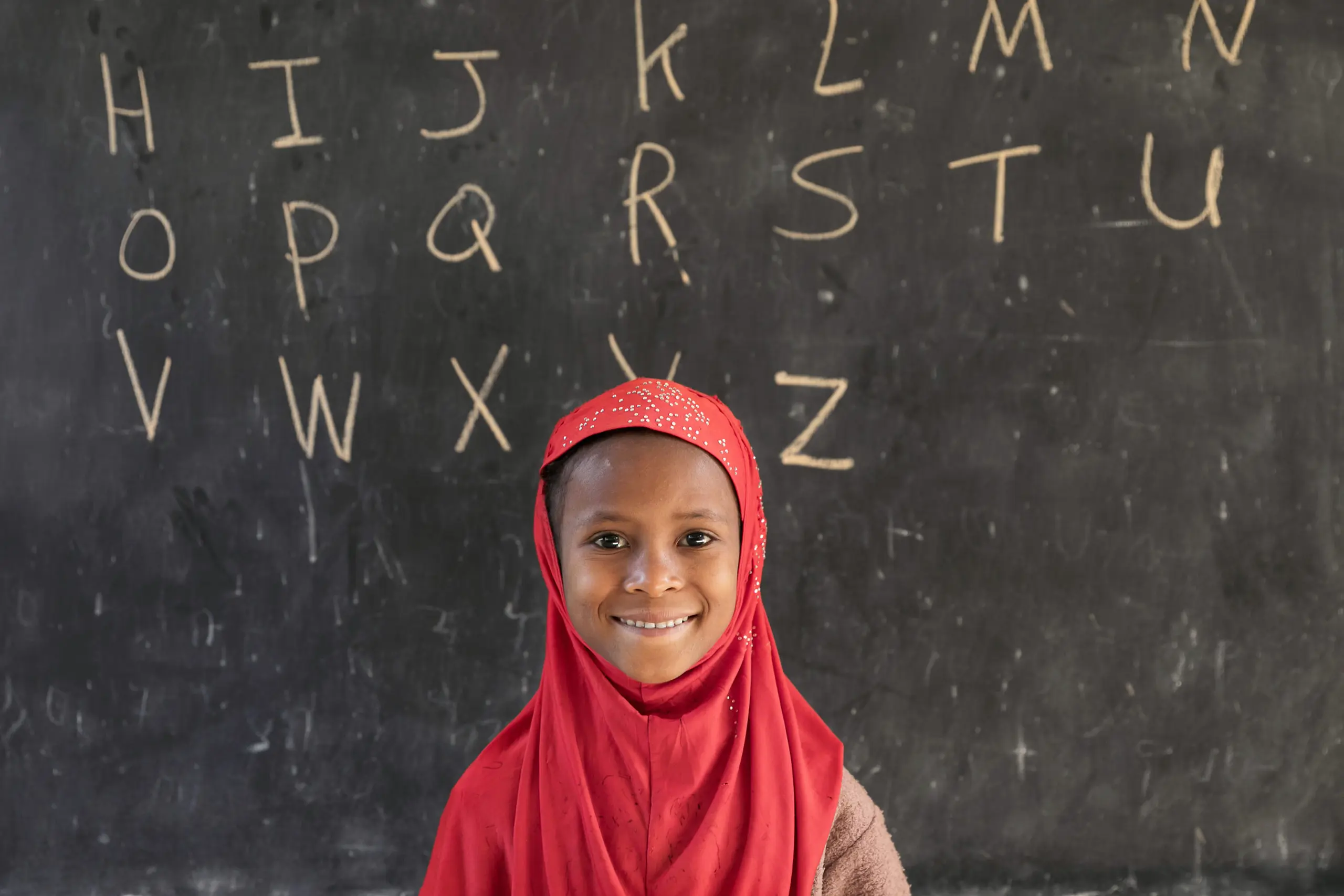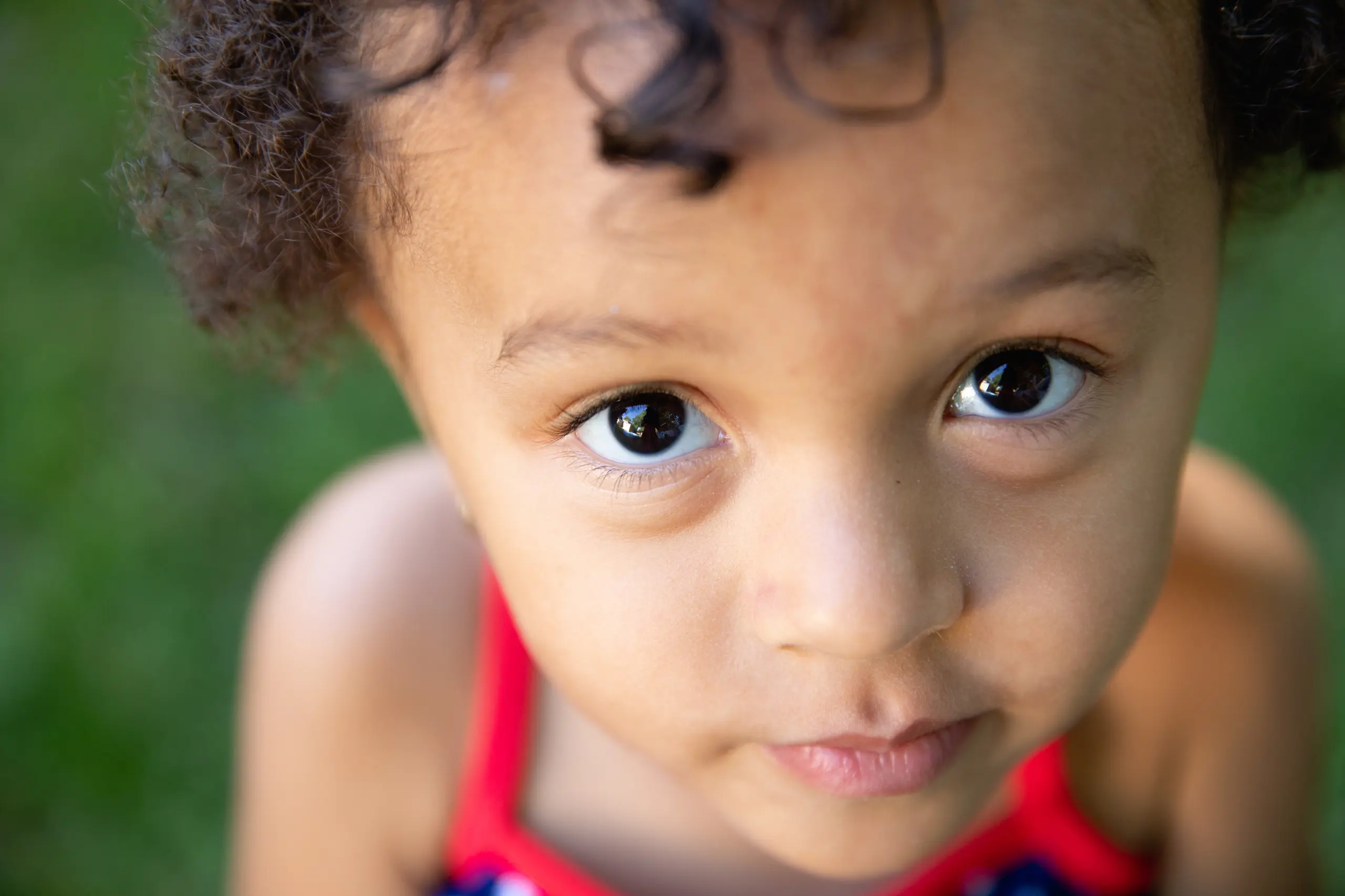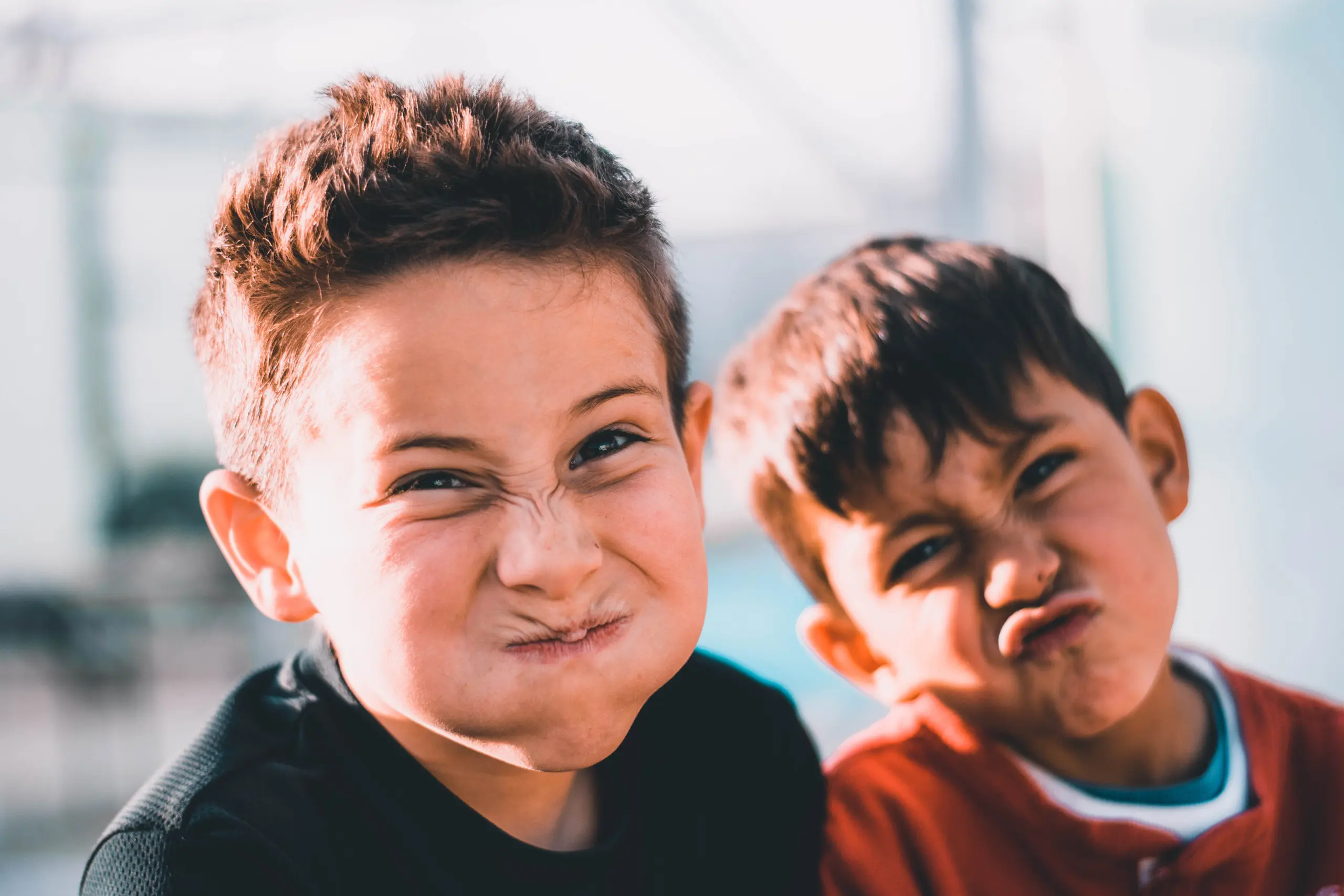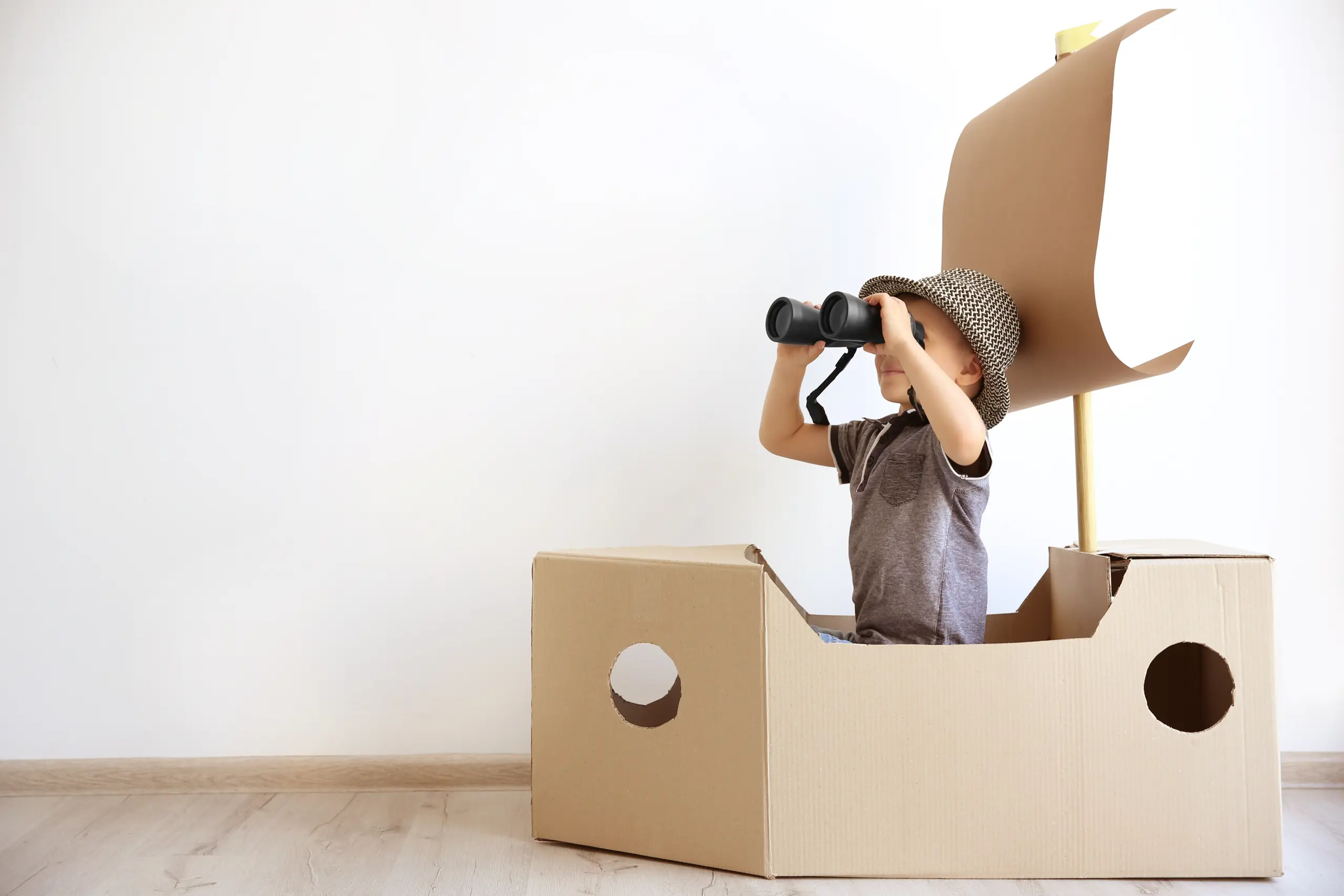Thousands of LEGO MRI Scanners have been donated through our partners to take away some of the worry and uncertainty that naturally comes with having a medical procedure for the first time.
Play before your procedure: enter the LEGO ® MRI scanner model
Anyone who’s ever had an MRI scan knows they’re not much fun. And for young children, they can be downright scary. How do you encourage a child to lie perfectly still in a noisy tunnel for long chunks of time? Hospitals often resort to anaesthesia. But what if they didn’t have to?
A team at Odense University Hospital and volunteer LEGO employees have teamed up to make MRIs more playful and less stressful. To do it, they’ve designed a LEGO brick model of an MRI scanner. By playing with it before their scans (guided by hospital staff), children get a feel for the room they’ll be in and the machine they’ll face. And, by putting a LEGO minifigure through the model scanner first, children can take control and learn what to expect at the same time.
